
Wheat is one of the most important crops to humankind as it is a staple of many diets around the world. China produces more wheat than any other country, followed by India, Russia, and the United States. Here is an overview of the world’s top ten wheat-producing countries (FAOSTAT).
10. Germany (24,481,600 Tonnes)
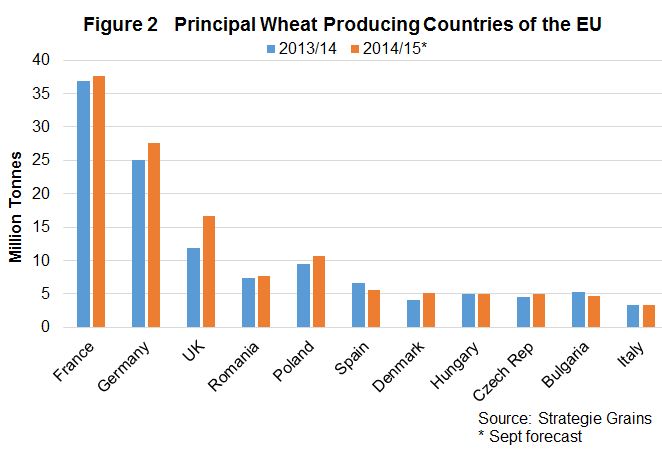
In the Europe Union Germany is one of the largest grain producer, and as such its farming practices are monitored by European Union (E.U) market management and affected by E.U. rules and regulations. Winter wheat is cultivated throughout the country, If normal climatic conditions prevail, the crop is planted in October and harvested in August the following year. According to estimates, the flour mills of Germany process 24 million tonnes of wheat each year.
9. Ukraine (26,208,980 Tonnes)
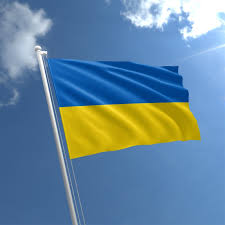
Wheat is grown all across the Ukraine, with the majority of yields being contributed by the central and south-central regions of the country. The crop is planted in the fall season and harvested between July and August the following year. Once popularly referred to as “the breadbasket of Europe”, the Ukraine predominately produces the hard, red variant of winter wheat which is used in breadmaking. An increase in wheat production between 2013 and 2014 led to a 41% increase in the export of this crop from the Ukraine in 2014.
8. Pakistan (26,674,000 Tonnes)
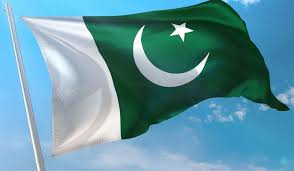
Wheat in Pakistan acts as the leading food grain, and a staple food in the diets of the Pakistani people. The area cultivated from wheat cultivation increased by 4.4% between 2013 and 2014. Wheat is cultivated in all parts of Pakistan, with maximum yields being obtained from the Punjab and Sindh provinces.
7. Canada (29,984,200 Tonnes)

Wheat is the most important crop grown in Canada, and several varieties of wheat are cultivated here. These include winter wheat, dark northern spring wheat (DNS wheat), and durum wheat. The wheat grains are used for several purposes, such as generating flour for the bakery industry and for use as feed for livestock. Saskatchewan is the topmost DNA and durum wheat producing region in Canada (55% of total DNS wheat and 76% of durum produced here), followed by Alberta (26% of DNS wheat production and 18% of durum). Ontario, meanwhile, accounts for 82% of total winter wheat production in Canada.
6. Australia (31,818,744 Tonnes)

Wheat is one of the major winter crops grown in Australia. Western Australia, Victoria, New South Wales, and Queensland are the top wheat producing states on the continent. The crop is sown in the autumn months and harvested in the spring or winter, depending on the environmental conditions. Western Australia is the largest exporter of wheat, especially to those countries in Asia and the Middle East, generating earnings of around $2 billion annually from such sales. For the past 30 years, there has been a constant 1% annual rise in Western Australia‘s wheat production. The east coast of Australia, on the other hand, produces wheat that is meant for domestic consumption and feedstock.
5. France (36,924,938 Tonnes)
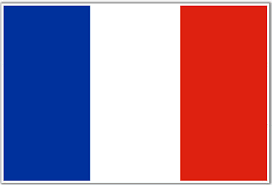
France is the largest producer of wheat in Europe, with this crop being cultivated throughout the country. It is cultivated to the greatest extent in the northern regions of France. Winter wheat is the main variety of wheat grown in this country, and is planted in the autumn season and harvested in August of the following year.
4. United States (47,370,880 Tonnes)

Wheat, the principal cereal grain of the United States, is grown all over the country. Around 47 million tonnes of wheat are produced in the USA, which ranks fourth in the world in terms of quantity of wheat produced, and ranking often switching in recent years between the US and Russia, currently in 3rd place. As per the classification by the USDA, there are eight varieties of wheat grown in the country. Namely, the most important of these are durum wheat (such as for making pasta), hard red winter wheat, hard red spring wheat, soft white wheat, and hard white wheat. 70-80% of the wheat produced in the USA belongs to the category of winter wheat (often used in bread making due to its high gluten content). 50% of the country’s wheat is exported, generating an annual export revenue of $9 billion.
3. Russia (85,863,132 Tonnes)
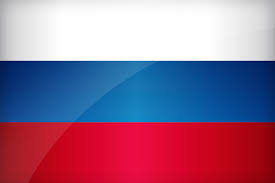
Russia is the third largest wheat producer in the world and was among the top five wheat exporting countries in the world in all years between 2006 and 2011. Winter wheat is the primary variety of wheat grown in the country. The crop is mostly raised in the western parts of Russia surrounding Moscow. The crop is planted between August and the first week of October, and harvested between July and August the following year.
2. India (98,510,000 Tonnes)

Wheat is the second most important cultivated food crop in India (after rice), and feeds hundreds of millions of Indians on a daily basis. It is an especially important staple food in the northern and northwestern states of the country, such as near the Pakistani border. India accounts for about 8.7% of the total wheat production in the world, and 13% of all cultivated land in India is dedicated to cultivation of this crop. In India, the introduction of the “Green Revolution” plan led to a massive increase in wheat production, with a doubling of national wheat yields seen within the single decade between 1960 and 1970.
1. China (134,340,630 tonnes)
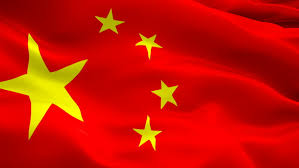
As the world’s largest producer of wheat, China plays an important role in shaping grain market dynamics across the world. Around 126 million metric tons of wheat are produced by the country per year, on a land area of 24 million hectares (comparable to the size of the entire country of Algeria). Wheat serves as one of the staple foods of the Chinese population, accounting for 40% of the grain consumption in this country.